5 min read
Top 7 Common Lawn Weeds
By: Robert Bourne, Nutri-Lawn Vancouver on Aug 30, 2021 10:03:44 AM
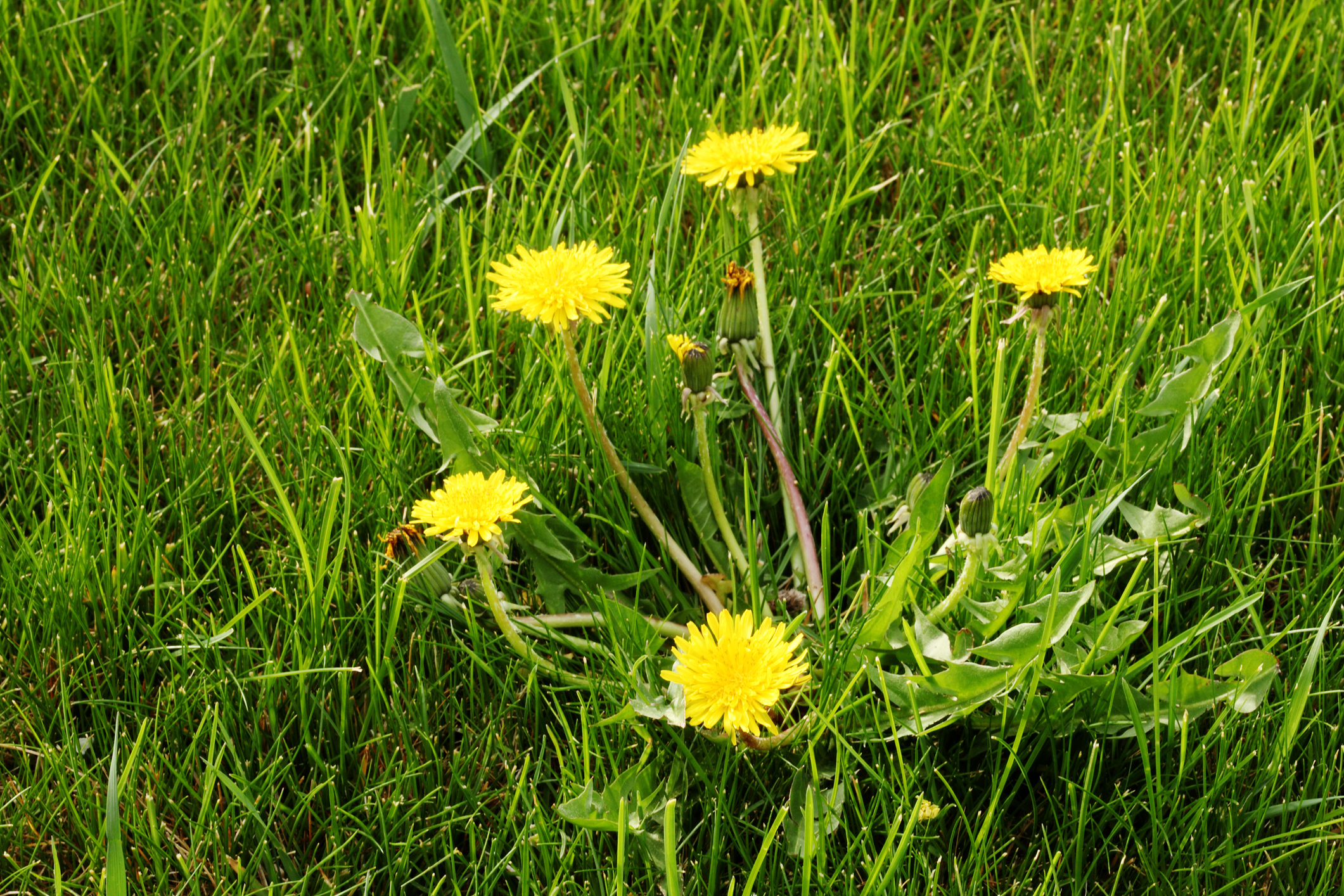
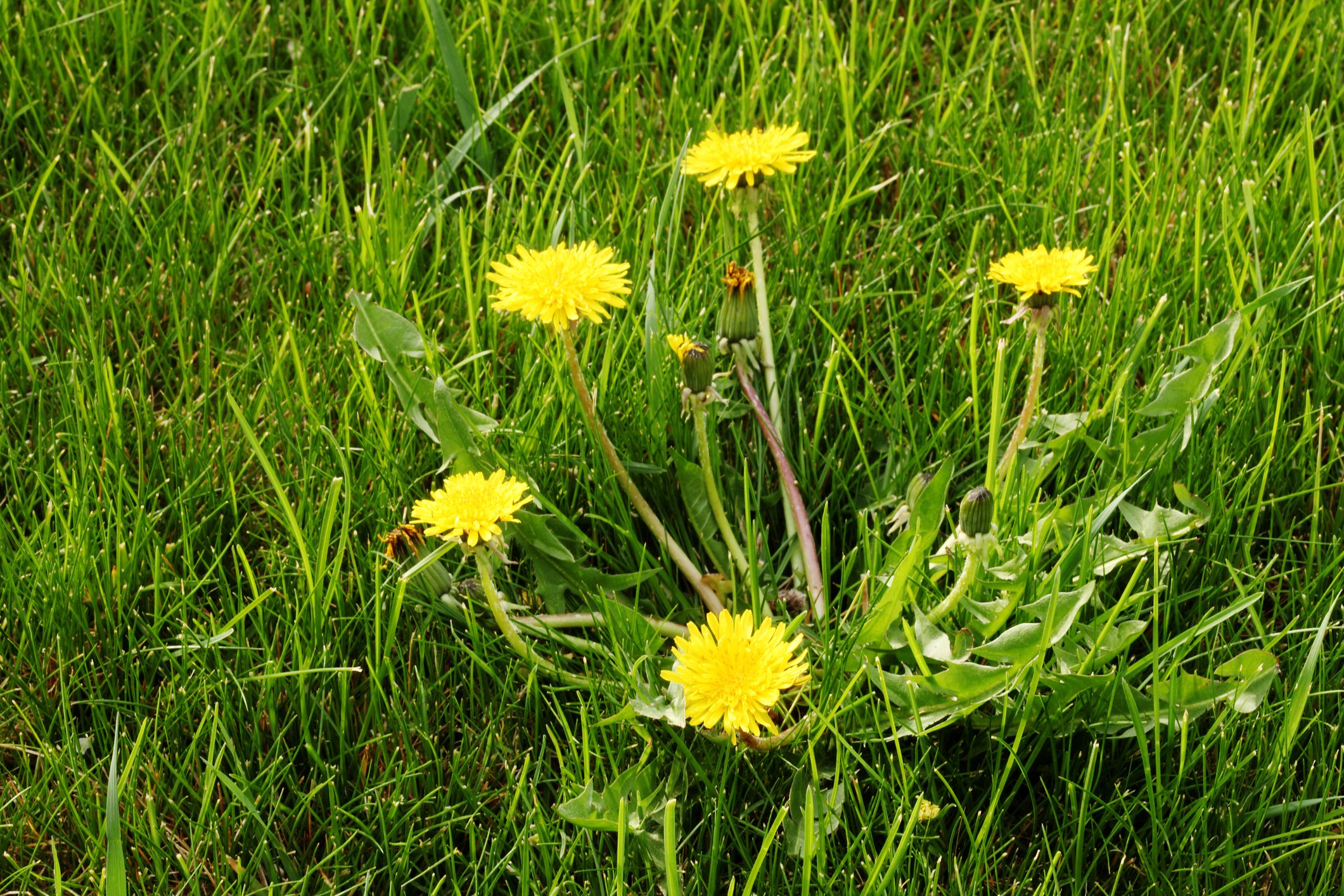
WEEDS!
The number one issue we hear about here is weeds! We all want that beautiful green lawn that makes a perfect play area for your family, or a wonderful stage for entertaining, or maybe simply your chosen esthetic. Weeds seem to take no time to show up and once they are here, it seems that it gets harder and harder to get rid of them.
How to get rid of them can vary depending on the type of weed you have in your lawn, so let’s take a look at some of the most common lawn weeds here in the Lower Mainland.
Dandelions
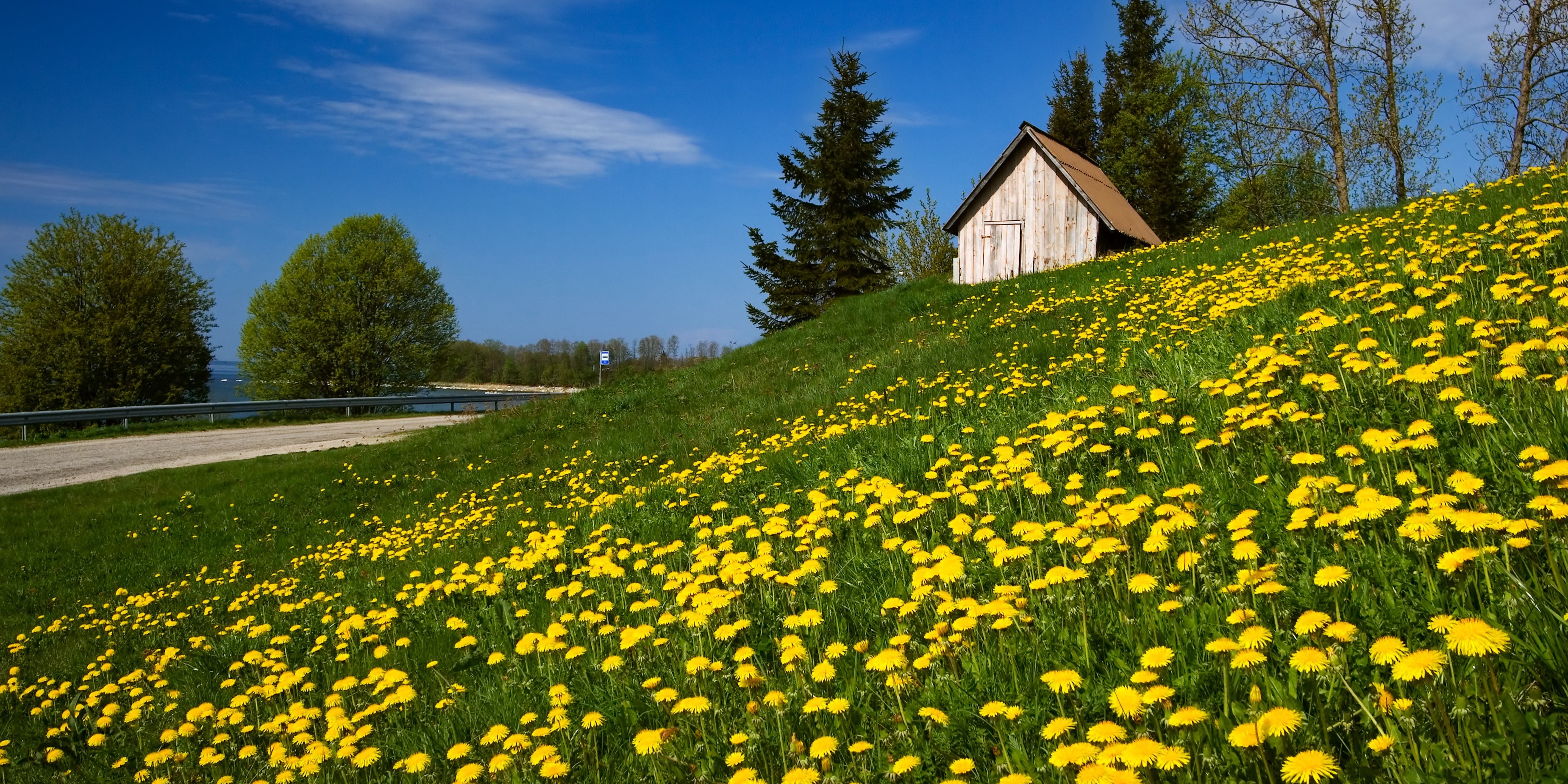
The dandelion is perhaps the most recognizable of all the lawn weeds, but did you know that the dandelion was first introduced by early European settlers? That’s right! The dandelion was used as medicine, food and wine.
Dandelions start as the white puffballs that children (and admit it...some adults too) love to make wishes on, and then grow into the yellow flower that speckles most lawns.
The broad leaves of this weed make it very easy to control and eradicate from your lawn.
Clover
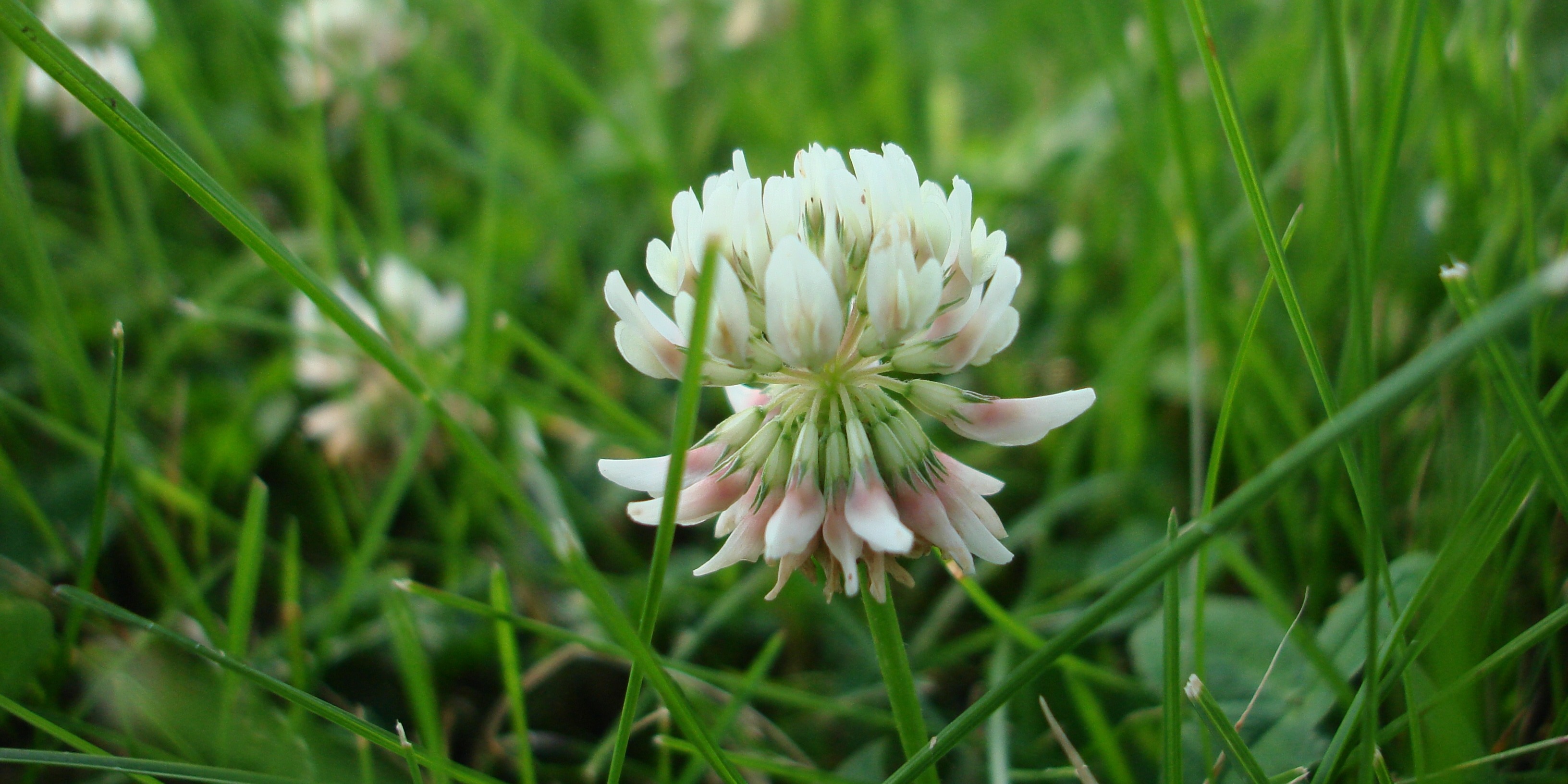
Clover searches have been a long tradition of most kids out there. Which of us doesn’t remember sitting on the lawn looking diligently for that rare 4-leaf clover.
Can you also remember pulling the petals out of these flowers and sucking on that sweet, almost honey-like taste?
Clover can come in different colours such as white, purple and pink and can easily be identified by their leaves which group into 3 or 4’s.
Due to the size of the leaves of this weed, it can take more time and patience to remove these ones from your lawn.
Chickweed

Another edible weed that came over with European settlers due to the number of vitamins and minerals it packs (more per ounce than spinach or kale!).
Chickweed is easy to identify because it rarely grows more than a few inches up off the ground. The leaves are small, teardrop- to egg-shaped with a pointed tip, and grow opposite each other along the stem. Due to their size, chickweed can be quite a difficult weed to remove from the lawn.
The flowers are quite distinctive and tiny, featuring five white petals with deep clefts that might lead you to believe they are actually ten. The flower stem and the leaves around the base of the flower are covered with very fine hairs.
Broadleaf Plantain
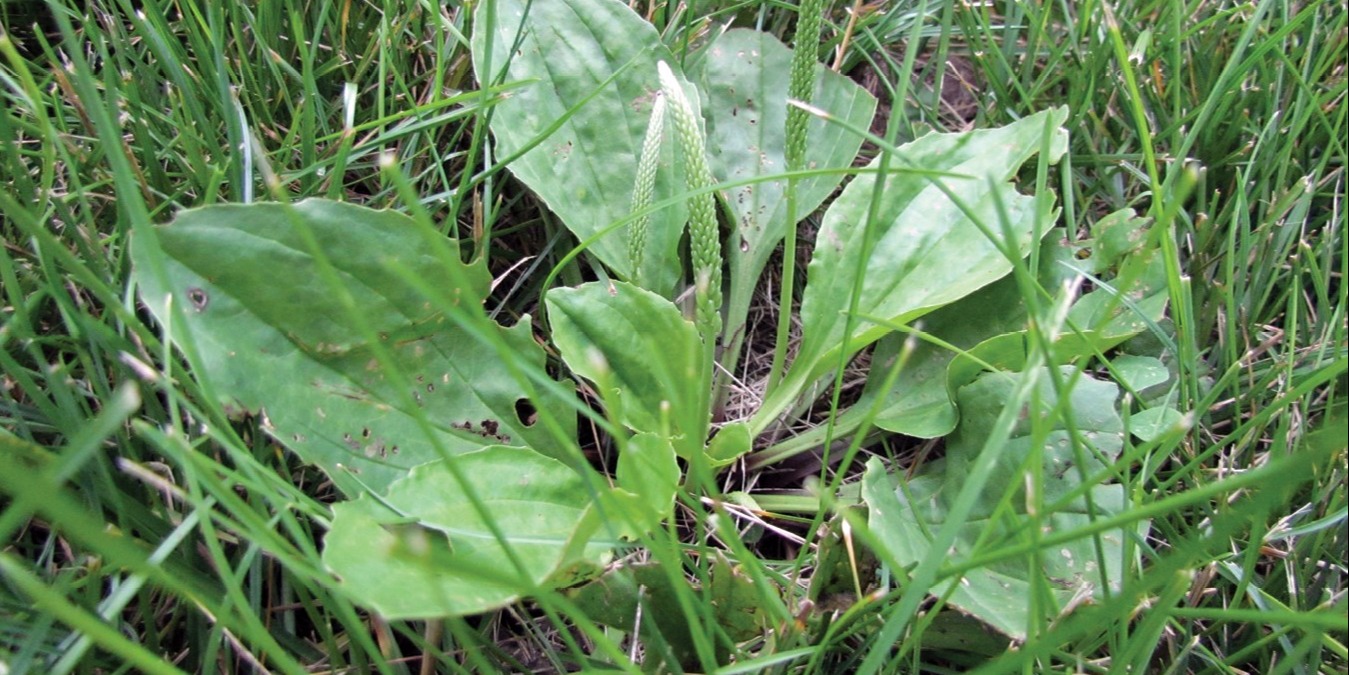
The easiest way to identify Broadleaf Plantain is by the prominent flower spike that grows in the center of the plant.
The leaves of this weed grow low to the ground in an almost rose-like way, in that the leaves end up overlapping one another.
Broadleaf Plantain is a very opportunistic plant that can grow in a lot of places where grass cannot. In fact, it is typically a sign of an unhealthy and compact lawn.
For this reason, this weed is one that is better controlled through hand-weeding rather than using a control product.
Crabgrass
.jpeg?width=1600&name=crabgrass%20(002).jpeg)
Every homeowner is -- or will be at some point -- very familiar with crabgrass, it grows everywhere!
This weed is a warm-season annual grass, which means it sprouts from seed when temperatures rise in late spring and through the summer and then will die when temperatures cool or with the first hard frost in the fall.
It thrives on moist sites with plenty of sunlight and will invade areas where your lawn is thinnest and along edges and sidewalks - wherever the sun hits the ground and there is little competition from lawn grasses.
Crabgrass is one of the more difficult weeds to eradicate from the lawn. The best defence is a dense and thick lawn.
Canadian Thistle
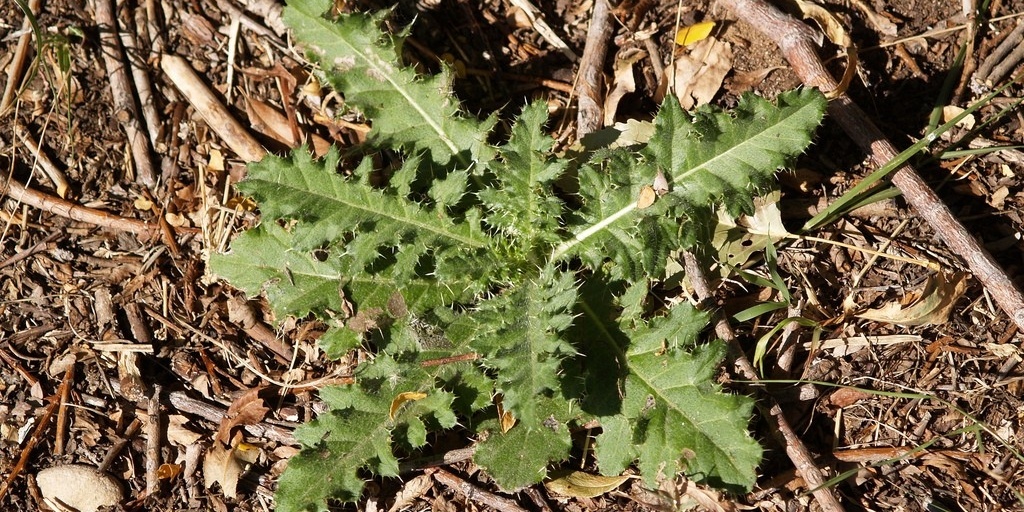
This weed is generally not seen until its’ small purple flower heads are in bloom.
A very tricky weed also, the Canadian Thistle has seeds that are viable for up to 20 years, waiting for just the right conditions to germinate and take over your lawn.
This plant has an extensive root system where it actually reproduces, making it one of the more difficult weeds to control and remove from the lawn.
The best defence against this weed is a healthy lawn!
Creeping Charlie
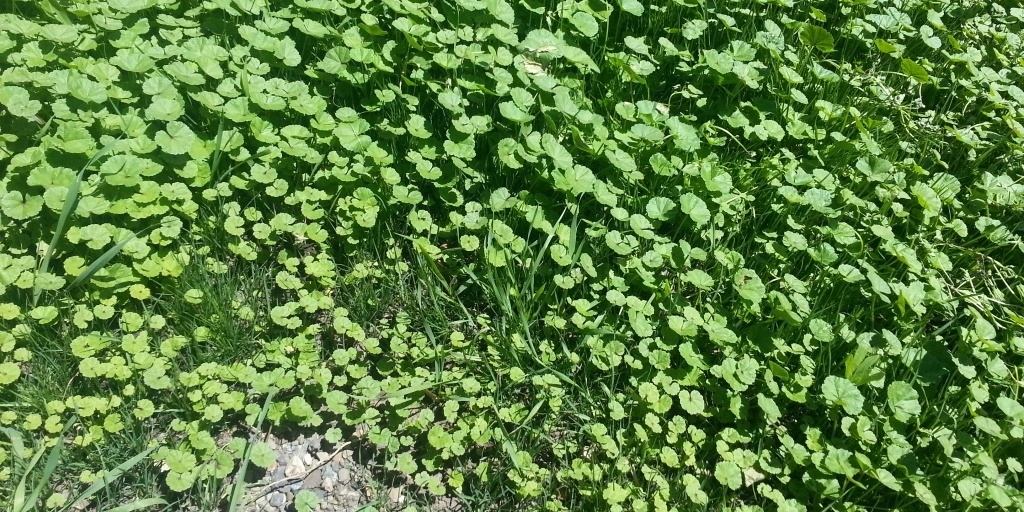
This is a very aggressive weed that can also be called Ground Ivy.
It has low-growing, creeping stems that form new plants wherever they root. They then spread along the lawn with their favourite places being shaded areas.
This plant also has blue to violet flowers that appear in May and usually in clusters of 3. In fact, the best time to use a control product is when these flowers are blooming.
That said, this is a very aggressive weed that should not be pulled by hand as the extensive root system that is left is still able to grow and flourish. All unhealthy lawns are at risk for attracting this weed.
Weeds can be a very frustrating thing for homeowners and the removal of weeds can seem like a never-ending fight. But the good news is that Nutri-Lawn of Greater Vancouver is here for you.
Not only are our trained and licensed staff experts in lawn care, but we also want to increase the value and enjoyment of your property while you spend your time where it matters most to you.
Related Posts
Why Do Weeds And Moss Grow In My Lawn?
The last we spoke, our topic was Calcitic Lime and how it can help to balance the pH in your soil...
Winning the Battle Against Weeds
Picture a lush, green lawn that exudes a sense of pride and beauty, only to find it covered in...
6 Common Spring Weeds & How To Deal With Them
Just when you thought life couldn't be better with all the warmer weather, out come the Spring...



